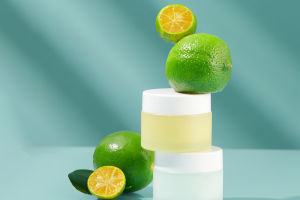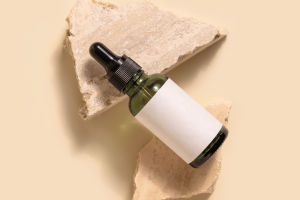Making dried flowers is an ancient and beautiful art form that preserves the beauty of fresh flowers forever. Whether used to decorate homes or given as gifts, dried flowers offer unique visual enjoyment and emotional pleasure.
This article will detail the methods for making dried flowers and recommend several types of flowers suitable for drying.
There are various methods for making dried flowers, each with its unique advantages and suitable occasions. Here are some common methods:
1. Air Drying Method: This is the simplest method for making dried flowers. Select mature flowers, remove excess leaves, and tie the flower stems together. Hang them upside down in a ventilated, dry, and shaded place. After about two to three weeks, the flowers will be completely dried. This method requires no special equipment and is suitable for most flowers. To prevent the flowers from deforming during drying, you can tie a weight to the stems to keep the flowers vertical.
2. Pressing Method: Choose flat flowers or petals, place them between absorbent papers (such as newspaper), and then press them under a heavy object (such as a book). Regularly change the absorbent paper until the flowers are completely dried. This method is particularly suitable for making bookmarks or decorative pictures. Avoid using too thick flowers, as uneven pressing can affect the final result.
3. Microwave Drying Method: Place the flowers in a microwave-safe drying container and heat them according to the specified time and power (usually medium-low heat, 30 seconds at a time, until dried). Using silica gel or cat litter as a moisture-absorbing material can enhance the drying effect. This method dries flowers quickly and is suitable for occasions requiring fast flower drying. However, be cautious when using the microwave to avoid overheating, which can cause the flowers to discolour or scorch.
4. Glycerin-Preserved Method: Mix glycerin and water at a ratio of 1:2, cut the flower stems at a 45-degree angle, and insert them into the mixture for soaking for two to three weeks until the flowers become soft. This method keeps the flowers soft and retains their vibrant colours. However, soaking for too long can make the flowers too soft.
Not all flowers are suitable for drying. Here are some common flowers that are ideal for drying:
1. Roses are a classic choice for making dried flowers. Their petals are thick, and their colours are rich. Even after drying, they retain their vibrant colours and beautiful shapes.
2. Baby's Breath is an excellent choice for dried flowers. Its small, clustered flowers are perfect for filling bouquets or making dried flower decorations.
3. Lavender is suitable for drying due to its unique fragrance and slender flower spikes. Dried lavender retains its beautiful purple colour and emits a pleasant aroma.
4. Hydrangeas have large, full flowers. After drying, their colour may change slightly, but they remain beautiful. They are suitable for making wreaths or large floral arrangements.
5. Daisies are common and easy to dry. Their flat flowers and rich colours make them ideal for making pressed flower works or dried flower decorations.
Making dried flowers is a fun and creative activity that can bring a sense of peace and beauty amidst a busy life. Whether you choose a drying method or a type of flower, it can bring different pleasures and a sense of accomplishment.


